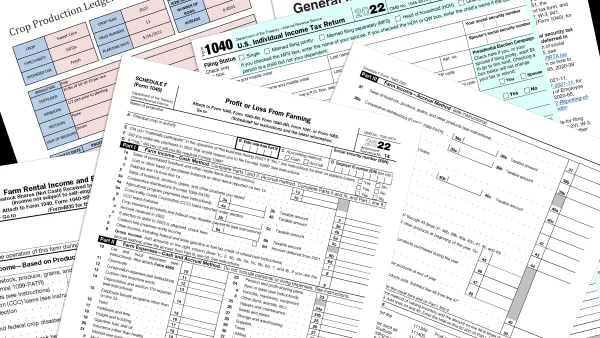Steve Levine is CMO of Cortical.io. Views are the author's own.
Due to changes in international and U.S. regulations (the new IFRS 16 and ASC 842 lease accounting standards), a large accounting firm needed to help its customers disclose their operating leases on their balance sheet.
The customers — mostly large enterprises — have thousands of lease agreements, each of which must be scoured for relevant information. The task was difficult to automate because lease agreements aren’t standardized, so the same type of information can be expressed using different terms. That reduces the effectiveness of keyword-based search systems.
A semantic folding approach
To address the challenge, the accounting firm integrated into its contract-processing workflow a solution based on what’s called semantic folding, a form of AI-based, natural language processing (NLP) application in which words are rendered in binary terms.
The solution enabled the firm’s subject matter experts to define and refine the extraction models quickly by annotating as few as 50 sample lease agreements, a process that in the past has taken thousands of samples.
Once the extraction models were in place, the firm was able to extract and classify the relevant information from the lease agreements at a precision level that would have been difficult to achieve at scale manually. Meanwhile, the subject matter experts improved the extraction process over time by verifying, correcting, and adding targets.
Impact
The end result was a review and data extraction time that was 80% faster than a manual process, much more accurate, and that automatically assisted the subject matter experts in preparation of their clients’ balance sheets. As a result, expensive human resources were freed up to focus on more business-critical tasks.
At the core of the solution’s success is its ability to define what it’s looking for, classify clauses and the agreements they’re in accordingly, and then extract from scanned agreements precise lease data, such as amounts, dates, and addresses.
As part of this process, the solution is able to use other pieces of data to infer information that’s not explicitly stated in the agreement, feed extracted information into the client firm’s lease-management tool, which in turn fills a summary sheet with data for each agreement and then displays each summary sheet beside the corresponding agreement for review. It also highlights the extracted information in the displayed agreement.
What to look for
If you’re gearing up to comply with the new lease standards, based on the success the accounting firm had in helping its clients, here are a few capabilities you might look for as you evaluate solutions:
- NLP contract analysis based on meaning. NLP contract analysis software leverages a unique, meaning-based approach to help review contracts more rapidly and accurately.
- AI contract analysis without the need for AI experts. Some contract analysis software has been specifically designed for subject matter experts, who can train new models for any document type starting with as few as 100 documents — no data scientists required.
- Large scale insights through automated contract analysis. Contract analysis software should be easily integrated with contract management solutions and business intelligence tools, and deliver valuable information to better assess risk exposure, recognize trends and generate new revenue opportunities.
One of the most challenging aspects to the new lease standards is simply identifying the leases, which tend to be embedded in hard-to-search agreements. NLP contract analysis is one way to overcome that challenge in a quick and precise way.












